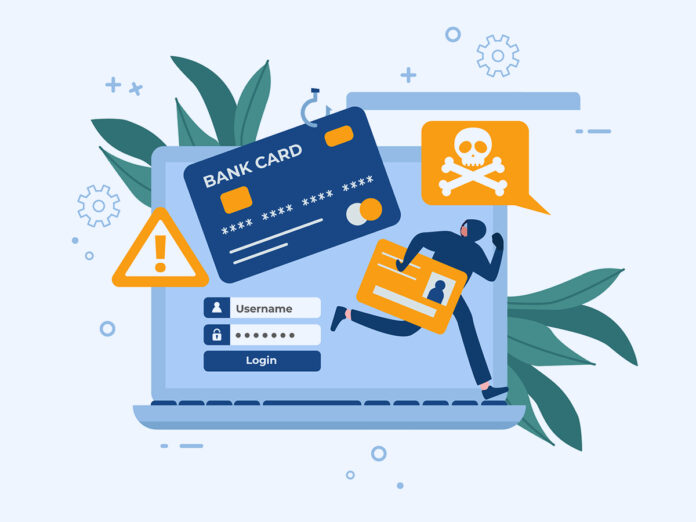Fintech Staff Writer
As the FinTech sector continues to revolutionize the way we handle financial transactions, stored card systems have become central to delivering fast, seamless payment experiences. However, this convenience comes with increased exposure to digital risks. In today’s rapidly evolving threat landscape, future-proofing stored card systems is not just a best practice—it’s a necessity. With cybercriminals becoming more sophisticated and attack surfaces expanding due to digital transformation, addressing cybersecurity threats in FinTech has become an urgent priority.
The Rise of Stored Card Systems in FinTech
Stored card systems allow users to save their credit or debit card information securely for faster checkouts, subscriptions, or recurring payments. These systems underpin the success of many digital payment platforms, mobile wallets, and neobanks. As users increasingly rely on digital financial services, the amount of sensitive data stored online grows exponentially, making stored card systems an attractive target for cybercriminals.
Understanding Cybersecurity Threats in FinTech
FinTech firms encounter a wide range of security threats, including phishing attacks, credential theft, ransomware incidents, and sophisticated persistent threats. One of the most pressing cybersecurity threats in FinTech is data breaches, where attackers gain unauthorized access to customer card data, potentially exposing millions of records. These breaches can lead to severe financial loss, legal penalties, and irreparable reputational damage.
Another growing concern is the use of synthetic identity fraud, where attackers combine real and fake information to create new identities. These identities are then used to open fraudulent accounts and abuse stored card systems. Additionally, man-in-the-middle (MITM) attacks and malware targeting mobile applications also represent serious risks for FinTech firms.
Regulatory Pressure and Consumer Trust
Governments and regulatory bodies have responded to these threats with stringent data protection laws and compliance requirements. Regulations like PCI DSS, GDPR, and Europe’s PSD2 require robust security measures to protect stored payment information. Non-compliance can result in heavy fines and loss of operating licenses, making it imperative for FinTech firms to align with these regulations.
But beyond compliance, maintaining consumer trust is vital. In a digital economy, trust is currency. Users are more likely to abandon a service permanently after a security breach. Therefore, future-proofing systems isn’t only about defending against present-day threats—it’s about preserving long-term customer relationships.
Read More: Global Fintech Interview with Radha Suvarna, Chief Product Officer of Payments at Finastra
Strategies for Future-Proofing Stored Card Systems
To effectively address cybersecurity threats in FinTech, companies must adopt a multi-layered, proactive defense strategy. Here are key approaches to future-proof stored card systems:
1. Tokenization and Encryption
Tokenization replaces card details with a unique, randomly generated identifier (token) that holds no exploitable value if intercepted. Combined with end-to-end encryption, this minimizes the risk of data exposure during transmission and storage.
2. Zero Trust Architecture
Adopting a Zero Trust approach ensures that no user or system is automatically trusted, even within the internal network. Every access request is verified, authenticated, and continuously monitored, making lateral movement within systems much harder for attackers.
3. AI-Driven Threat Detection
Artificial Intelligence and Machine Learning are powerful tools in identifying unusual patterns, detecting anomalies, and preventing fraud in real time. As threats become more dynamic, AI allows FinTech firms to stay one step ahead of potential breaches.
4. Secure Application Development
Secure coding practices and rigorous vulnerability assessments are essential during app development. Implementing DevSecOps ensures that security is integrated throughout the development lifecycle, not just as an afterthought.
5. Regular Security Audits and Penetration Testing
Routine audits and simulated attacks (pen testing) help organizations identify and patch vulnerabilities before malicious actors can exploit them. These practices are crucial for adapting to new threat vectors and maintaining a strong security posture.
6. User Education and Multi-Factor Authentication (MFA)
While tech solutions are critical, users remain the weakest link. Educating customers about phishing scams, password hygiene, and enabling MFA can significantly reduce the risk of account takeovers.
Embracing the Future Responsibly
As the FinTech industry continues to innovate, so too will cybercriminal tactics. Companies must not only respond to today’s risks but also anticipate tomorrow’s. The future of digital finance depends on resilient infrastructure, robust security frameworks, and a culture of continuous improvement.
Building adaptive security systems that evolve alongside emerging threats is essential for safeguarding both customer data and the integrity of the FinTech ecosystem. Organizations that invest in future-proofing now will be better positioned to navigate the growing landscape of cybersecurity threats in FinTech and thrive in it.
Read More: Enhancing Cybersecurity in Financial Services through Adversarial Exposure Validation
[To share your insights with us, please write to psen@itechseries.com ]
